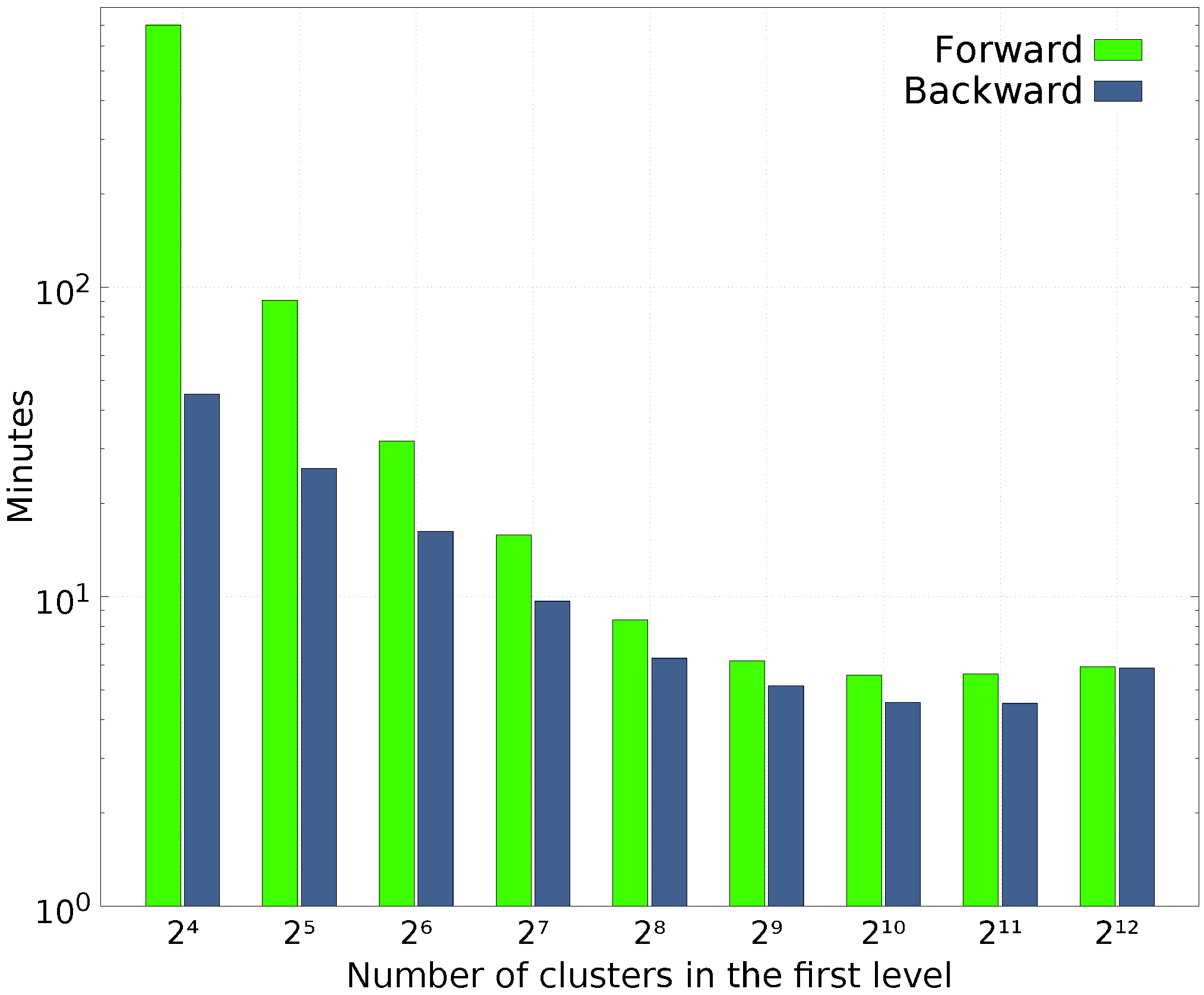Bufr Decoding Software For Mobile
The Binary Universal Form for the Representation of meteorological data ( BUFR) is a maintained by the (WMO). The latest version is BUFR Edition 4. BUFR Edition 3 is also considered current for operational use.

BUFR was created in 1988 with the goal of replacing the WMO's dozens of character-based, position-driven codes, such as (surface observations), (upper air soundings) and (monthly climatological data). BUFR was designed to be portable, compact, and universal. Any kind of data can be represented, along with its specific spatial/temporal context and any other associated. In the WMO terminology, BUFR belongs to the category of table-driven code forms, where the meaning of data elements is determined by referring to a set of tables that are kept and maintained separately from the message itself. BUFR is a complex format that can be difficult to use and it presents some weaknesses.
OPERA Operational Programme for the Exchange of Weather Radar Information FM94-BUFR Encoding and Decoding Software User Guidelines Version 1.6. Dec 07, 2015 Download bufr decoder for free. A decoder for reading WMO's Bufr-format files of meteorological reports. The Best Workflow Software.
The introduction of BUFR format lead to data 'disparition' and many formatting errors. Contents • • • • • • • • Description of format [ ] A BUFR message is composed of six sections, numbered zero through five. • Sections 0, 1 and 5 contain static metadata, mostly for message identification. • Section 2 is optional; if used, it may contain arbitrary data in any form wished for by the creator of the message (this is only advisable for local use).
• Section 3 contains a sequence of so-called descriptors that define the form and contents of the BUFR data product. • Section 4 is a bit-stream containing the message's core data and meta-data values as laid out by Section 3. Harry Potter And The Chamber Of Secrets Nl Subs Torrent more.
The product description contained in Section 3 can be made sophisticated and non-trivial by the use of replication and/or operator descriptors. (See below for a brief overview of the different kinds of descriptors; refer to the WMO Guide on BUFR for further detail.) Templates [ ] Section 3 contains a short header followed by a sequence of descriptors that matches the contents of Section 4's bit-stream. The sequence of descriptors in Section 3 could be understood as the template of the BUFR message. The template contains the information necessary to describe the structure of the data values embedded in the matching bit-stream.
Nayagan Malayalam Songs Download more. It is to be interpreted in a step-by-step, manner. Given a set of BUFR messages, the values contained in Section 4 may differ from one message to the next, but their ordering and structure will be kept predictable if the template provided in Section 3 remains unchanged. Handbook Of Porous Media Pdf File. Templates can be designed to meet the requirements of a specific data product (weather observations, for instance). Such templates can then be used to standardize the content and structure of BUFR data products. The WMO has released a number of BUFR templates for surface and upper air observational data.
Descriptors [ ] All descriptors, 16 bits wide, have a F-X-Y structure, where F refers to the two most significant bits (leftmost); X refers to the 6 middle bits and Y to the least significant (rightmost) 8 bits. The F value (0 to 3) determines the type of descriptor. • Element descriptors (F=0): As the name implies, these descriptors are used to convey elemental data and related meta-data. The X value identifies the Class of the descriptor (i.e. Horizontal Coordinate parameters, Temperature parameters, etc.).